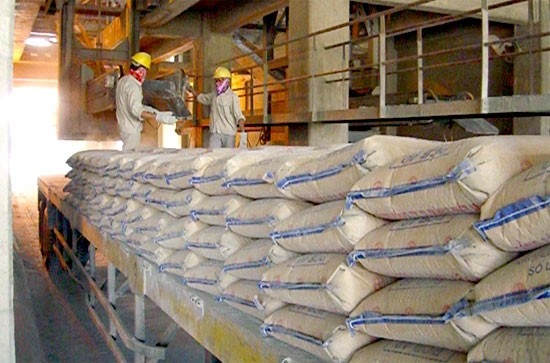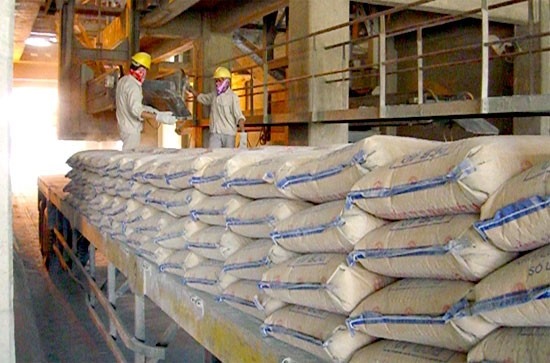Since the beginning of May, construction sand prices in many provinces and cities have surged by 5-10% compared to late 2024, with a range of VND 140,000-400,000 per cubic meter. Notably, in the “hotspot” of Quang Nam and Da Nang, prices have skyrocketed to VND 700,000-800,000 per cubic meter, and even reaching VND 1 million per cubic meter in some places.
According to a report by the Institute of Construction Economics, sand and construction stone prices increased by 0.29-1.3% in May, following a similar rise in April.
The surge in sand prices has led to a 10-15% increase in the cost of commercial concrete, forcing contractors to temporarily halt or reduce order volumes. Consequently, concrete mixing stations have had to cease operations or reduce capacity, resulting in decreased demand for clinker/bagged cement.
The escalating construction sand prices have triggered a chain reaction, causing concrete price hikes, project delays, and a steep decline of more than 20% in cement consumption in May.

Cement consumption faces challenges. |
The Institute of Construction Economics under the Ministry of Construction explained that the price increase in sand and construction stones is due to their extensive use in transportation infrastructure projects and ongoing construction projects nationwide.
The cement industry is currently in a saturation phase, with a sharp decline in consumption growth and intense price competition due to a supply surplus of about 60 million tons. Domestic consumption in the last five years has remained stagnant, hovering around 60-65 million tons annually. The current shortage of key construction materials has further dampened consumption. Cement production lines are operating at an average of only 75% of their designed capacity.
Mr. Ngo Duc Luu, Acting General Director of Vietnam Cement Corporation, stated that domestic cement consumption is around 60-65 million tons, while the supply is double that amount, creating a significant surplus that challenges production and sales. Political conflicts and tariffs also significantly impact cement production and trade.
Recently, cement consumption has been hindered by the scarcity of construction sand, whose price has exceeded VND 1 million per ton (higher than cement prices), along with skyrocketing brick prices. In contrast, the cement industry bears substantial investment burdens.
According to the Ministry of Construction’s calculations, cement consumption in 2025 is expected to increase by 2-3% compared to 2024, reaching 95-100 million tons. Domestic consumption is estimated at 60-65 million tons, with exports of 30-35 million tons. In the best-case scenario, consumption for the year will reach 100 million tons, an increase of 5 million tons compared to 2024. In the worst-case scenario, consumption will be approximately 90 million tons.
Ngoc Mai
– 05:31 23/06/2025










































